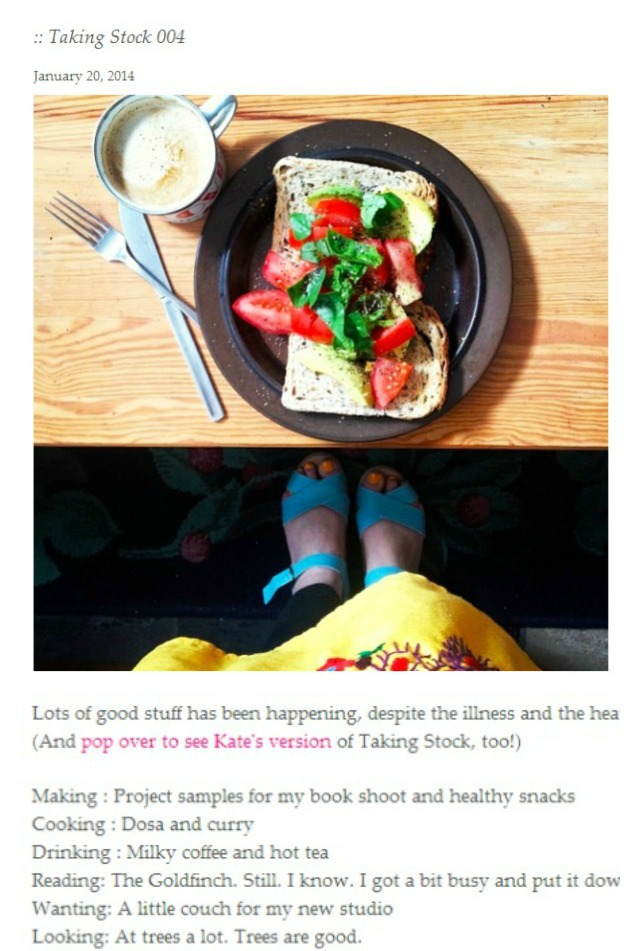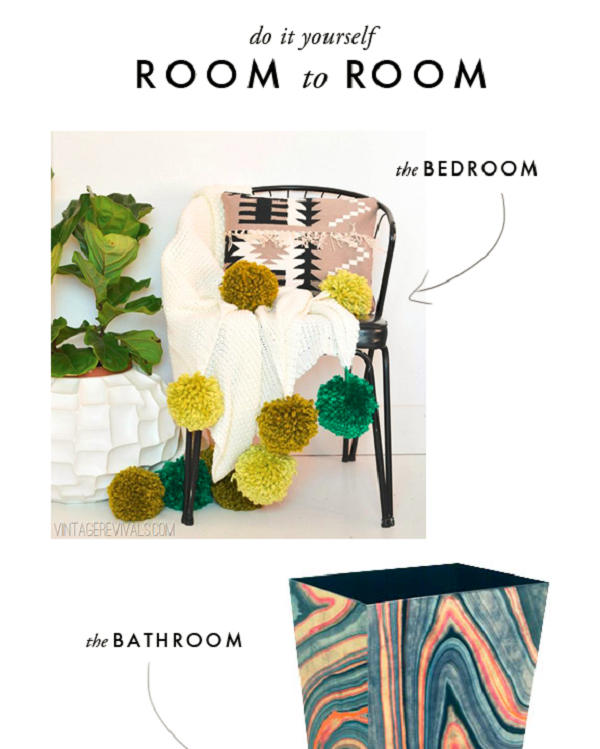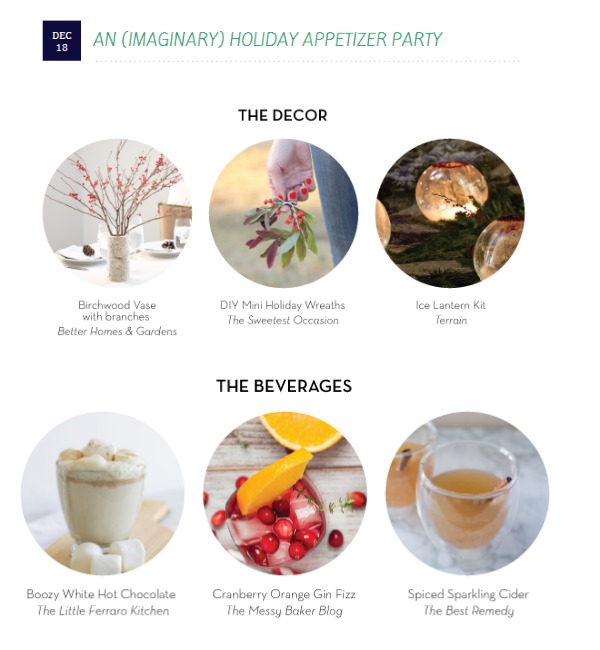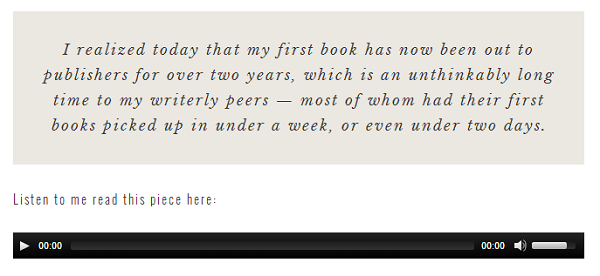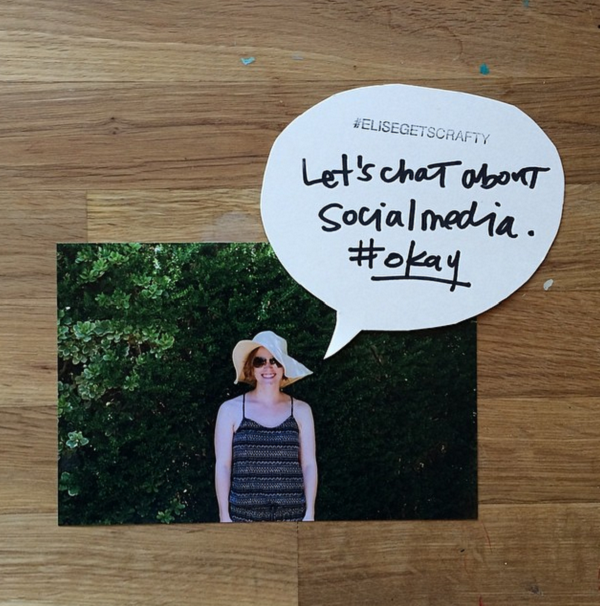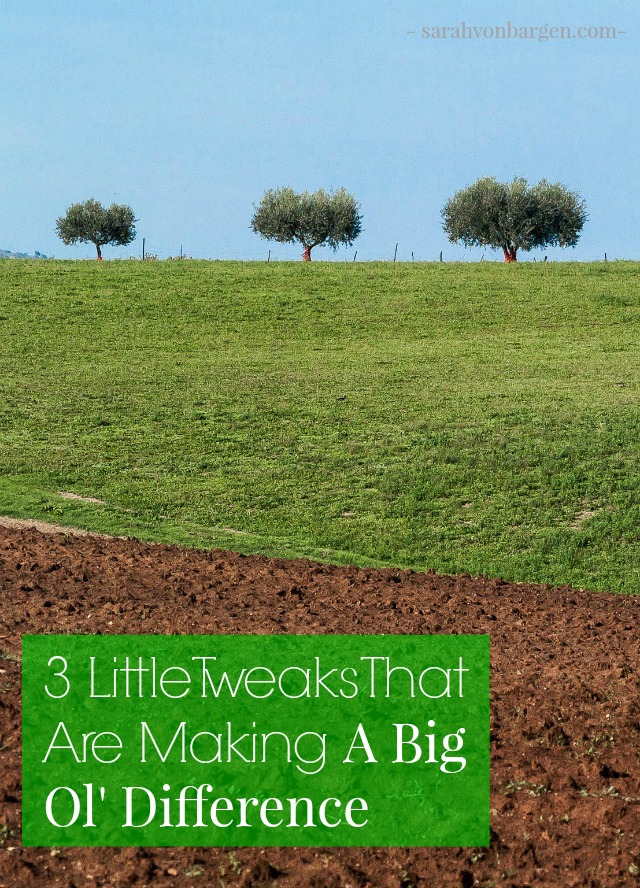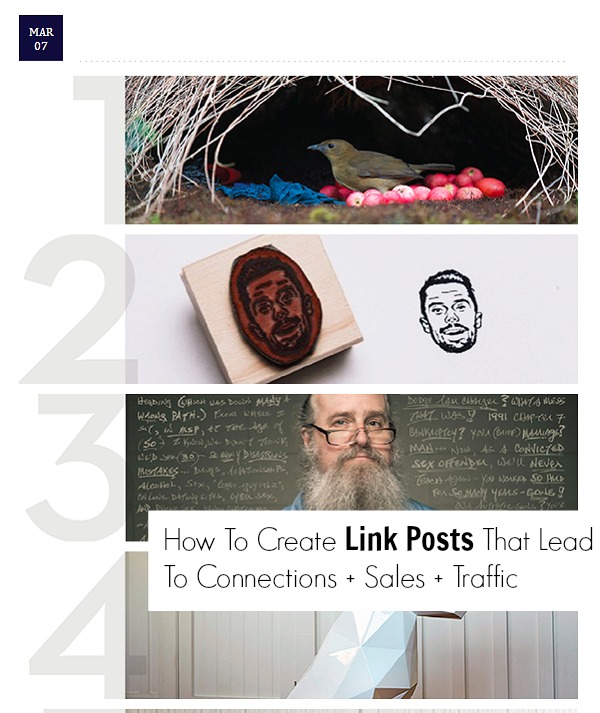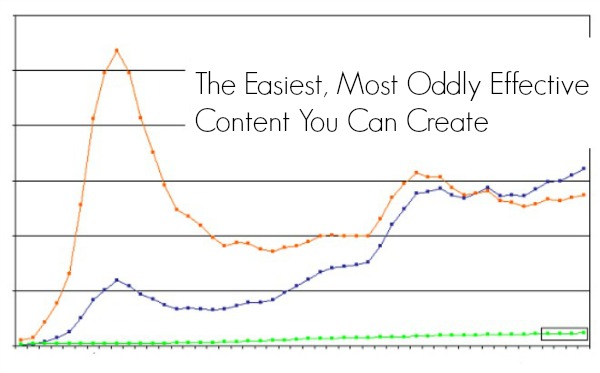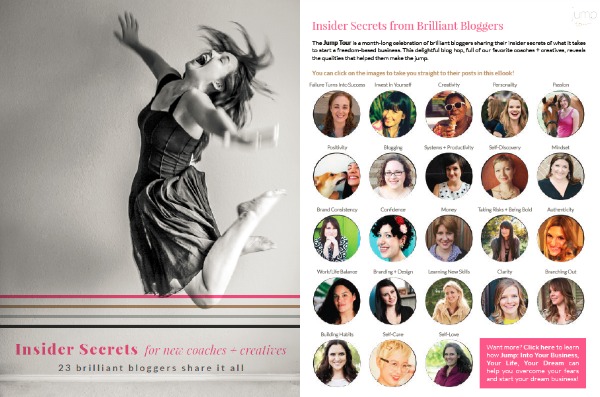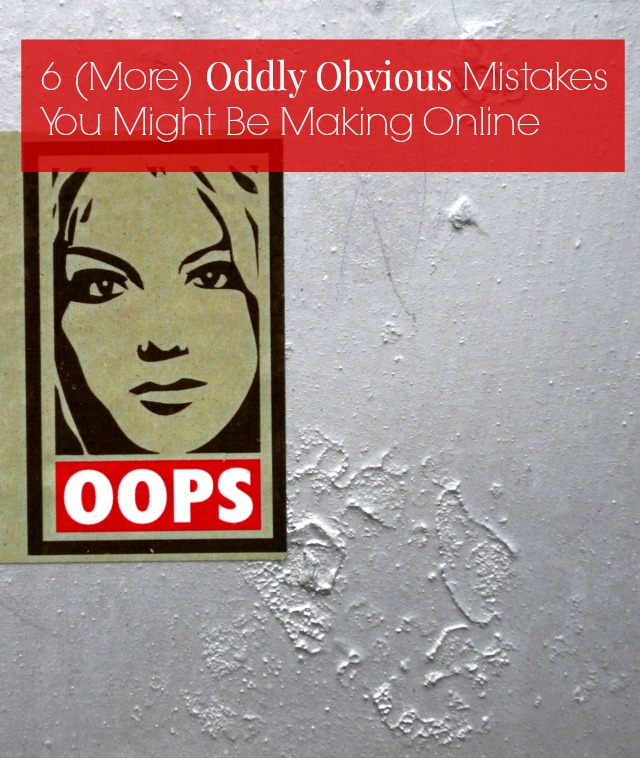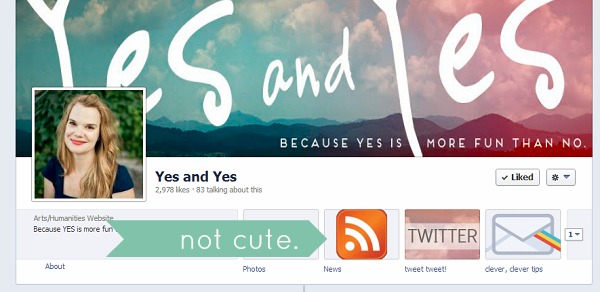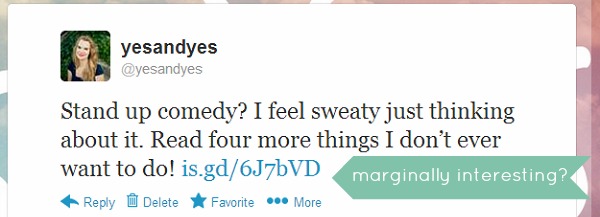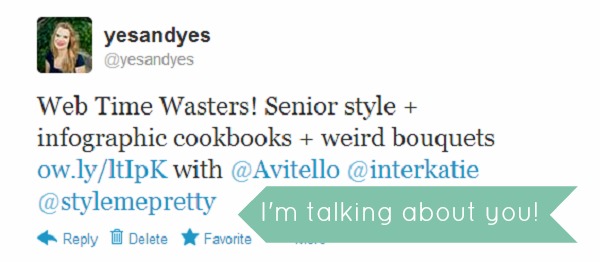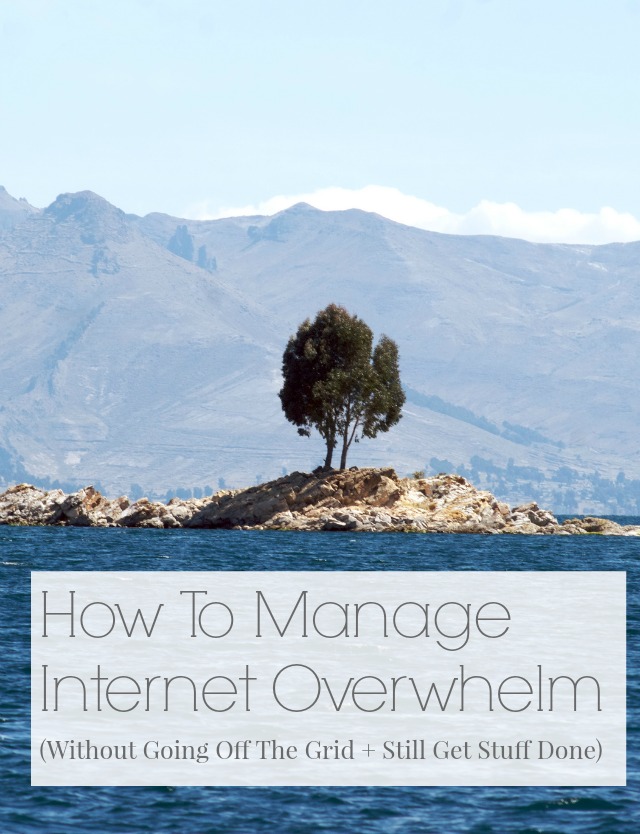Last week, we solved the mystery of what a blog crawl actually is and why you might want to host one. Today, we’re talking about finding + wooing the right contributors.

So I’ve sold you on the idea of hosting a blog crawl.
Yes, it’s a bit of an undertaking.
Yes, it’ll increase your readership and traffic by leaps and bounds. And I can tell from all the way over here that you’re not someone who shies away from a little hard work.
The most important ingredient in your blog crawl pizza? All the outrageously awesome contributors, obviously. If no one’s partaking in your blog crawl, it becomes less ‘blog crawl’ more ‘me hopping in one place while my quads start to cramp.’ So let’s talk about how to find the right people for your blog crawl and keeping them (and your readers) happy.
1. Approach people with whom you already have a relationship
This isn’t the time to email a huge blogger you’ve never talked to before. This is when you email that internet friend you’ve partnered with three other times. Or your designer. Or your client. Or your once-monthly coffee partner. When you’re putting together a blog crawl, you’re simultaneously asking people for a pretty significant favor and introducing them (with your endorsement) to your readers. You don’t want to take a chance on someone who will flake out or write something so deeply unlike you that your readers will question your judgement.
If you’re not sure how to go about befriending people on the internet, here’s a good start.
2. If you’re launching a product, partner with people whose audience would benefit from your product
If you’re blog crawling in promotion of a product launch, you (obviously) want to partner with people whose readership might like said product. My blog crawl was in promotion of The Post College Survival Kit, an ecourse designed to help 20-somethings navigate career, finances, dating, and domestic life after college. So I left my fashion and food blogger friends out of it.
Before you invite someone to take part in your blog crawl consider their readership’s age, income, interests, and needs. If it doesn’t seem like a match for your product, keep moving.
3. Approach people who have a similarly-sized readership
As previously noted, this isn’t the time to email Jenna Marbles. Huge bloggers are less likely to partake in blog crawls and if you’ve got 6,000 Twitter followers (like me), someone with 38,000 followers isn’t really going to see a huge increase in traffic.
Reach out to people you know to have a readership that’s similar in size to yours. You can also use your blog crawl as an opportunity to point the internet in the direction of small, amazing, unsung bloggers. If you like someone and you know your readers will too, invite them. Period.
4. Make sure your contributors benefit from the blog crawl
Let’s make sure our blog crawls aren’t the internet equivalent of the friend who only calls when she needs a ride. You can make your blog crawl extra beneficial to your contributors by tweeting each of their posts, sharing their posts in your newsletter, or aggregating their posts into one that you share on your own blog (like I did here).
5. Don’t ask your contributors to stick to a script
If you liked these bloggers enough to ask them to contribute to your crawl, surely you trust them to write their own stuff, yes? If you give them a pre-written intro, encourage them to edit it to fit their own voice. Don’t ‘require’ them to post a ‘badge’ or use graphics that don’t match their branding. Give them a loose outline of what you’re looking for in post (“300-500 words + helpful”) and let them create something that works for them + their readers.
6. Chose the right post topic
This, my friends, is the million dollar baby. When you’re asking your friends to write something for your blog crawl, consider topics that
a) compliments the subject of your blog or the product you’re launching
b) would be interesting/helpful to anyone who reads it - regardless of whose blog they usually read or if they’re the target market for your new product
c) is customizable to match your contributor’s voice/area of expertise
I chose ‘Notes To My Younger Self‘ because it’s something evvvvveryone can relate to and all my contributors could put their own spin on it. Rebecca McLoughlin put an interior decor spin on it. Braid Creative put a business spin on it.
Next week, I’m talking about the logistics + nitty gritty of running your blog crawl. Pre-scheduled emails! Spreadsheets! Auto responders! If you don’t want to miss it, sign up for my newsletter and I’ll send it right to your inbox.
photo via death to stock photo // cc


























